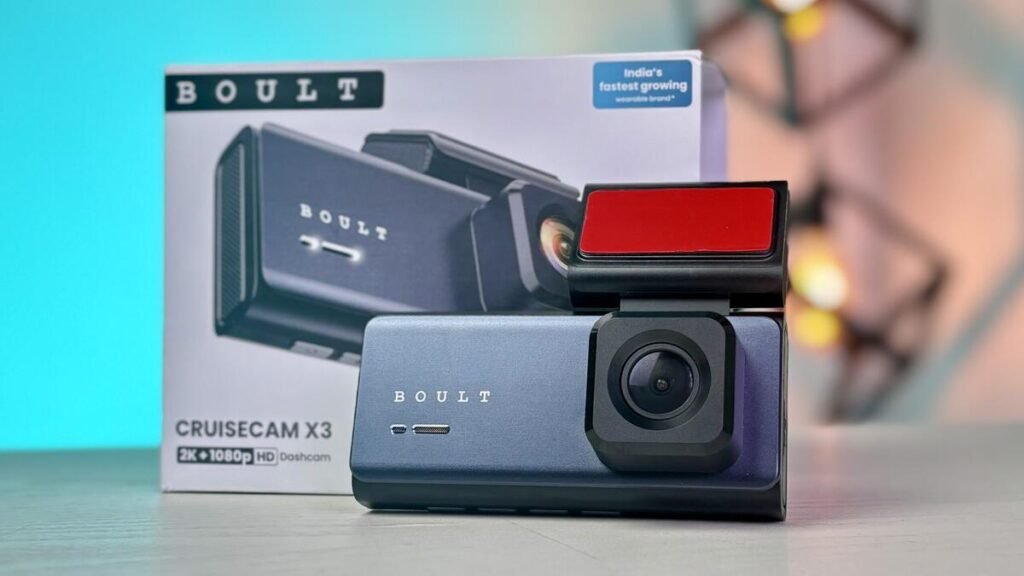Car dash cams have become increasingly popular, and it’s easy to see why. Whether you’re a new driver or a seasoned road warrior, a dash cam can be an essential tool to help capture moments on the road, serve as a witness in case of an accident, and provide an added layer of security for your vehicle. This guide dives into the world of car dash cams, exploring what they are, why they’re beneficial, how to choose the best one, and tips for installation and use.
Table of Contents
- What is a Car Dash Cam?
- Why You Need a Car Dash Cam
- Different Types of Car Dash Cams
- Key Features to Consider in a Dash Cam
- Top Benefits of Installing a Dash Cam
- Where to Position Your Dash Cam
- How to Install a Dash Cam Yourself
- Understanding Video Quality and Resolution
- Storage Options and How They Work
- Additional Features to Look Out For
- Dash Cam Legalities and Privacy Considerations
- Maintenance Tips for Dash Cams
- How to Access and Save Footage
- Dash Cams for Ride-Share Drivers
- Conclusion
- FAQs
1. What is a Car Dash Cam?
A car dash cam is a compact camera mounted on the dashboard or windshield that records everything happening on the road ahead, and sometimes behind you. It continuously captures video footage while you’re driving, and some models even record when your car is parked.
2. Why You Need a Car Dash Cam
Dash cams are like having a silent witness with you at all times. They can provide evidence in case of an accident, help fight fraudulent insurance claims, and capture memorable road trip moments. Moreover, many drivers find peace of mind knowing they have a reliable record of incidents.
3. Different Types of Car Dash Cams
- Front-Facing Dash Cams: These capture only the front view and are often compact and easy to install.
- Dual Dash Cams: Also known as front and rear dash cams, these provide a view of both the road ahead and behind.
- Interior Dash Cams: Ideal for rideshare drivers, these cams record the interior of the vehicle as well.
- 360-Degree Dash Cams: A more advanced option, offering a complete view around the car.
4. Key Features to Consider in a Dash Cam
When choosing a dash cam, look out for features like:
- Resolution: Higher resolution means clearer video.
- Night Vision: Ensures good visibility during nighttime driving.
- Wide-Angle Lens: Covers a larger field of view.
- Loop Recording: Overwrites old footage to free up storage space.
- G-Sensor: Automatically saves footage when a sudden impact is detected.
5. Top Benefits of Installing a Dash Cam
Dash cams offer a range of advantages:
- Evidence in Accidents: Helps clarify who’s at fault in an accident.
- Protection Against Insurance Fraud: Prevents “crash-for-cash” schemes where scammers intentionally cause accidents.
- Parking Surveillance: Some dash cams record even when parked, capturing footage of potential vandalism or theft.
6. Where to Position Your Dash Cam
For the best view, position your dash cam at the center of the windshield, ideally just below the rearview mirror. Make sure it doesn’t obstruct your view, and always check local laws regarding dash cam placement.
7. How to Install a Dash Cam Yourself
Most dash cams are easy to install with a few simple steps:
- Mount the Camera: Attach it to the windshield using the provided suction cup or adhesive mount.
- Connect the Power Cable: Run the cable to your car’s 12V outlet or USB port.
- Position the Wires: Tuck them into the trim for a clean look.
- Adjust the Camera Angle: Ensure it captures the road ahead clearly.
8. Understanding Video Quality and Resolution
The resolution determines how clear the footage will be. Common resolutions include:
- 1080p (Full HD): Offers clear footage and is generally sufficient.
- 2K (Quad HD) and 4K Ultra HD: Provide sharper images, ideal for capturing license plates from a distance.
9. Storage Options and How They Work
Dash cams typically use microSD cards to store video footage. Make sure to choose a high-capacity, high-speed card compatible with your dash cam for smooth recording and easy access to footage.
10. Additional Features to Look Out For
Modern dash cams come with a variety of useful features:
- GPS Tracking: Records your location and speed data along with the video.
- Wi-Fi Connectivity: Allows you to view and download footage on your phone.
- Cloud Storage: Backs up video footage online for extra security.
- Voice Control: Lets you control the dash cam hands-free.
11. Dash Cam Legalities and Privacy Considerations
Before installing a dash cam, make sure to understand the local laws in your area, as some places have restrictions on recording audio or require notification of passengers.
12. Maintenance Tips for Dash Cams
Dash cams are generally low-maintenance, but it’s wise to:
- Regularly check your microSD card for wear and tear.
- Keep the lens clean for clear footage.
- Update the firmware as needed to ensure smooth functionality.
13. How to Access and Save Footage
Accessing footage is easy with most dash cams:
- Remove the microSD Card: Insert it into a card reader on your computer.
- Use Wi-Fi or App: Many dash cams come with apps that let you download footage directly.
- Cloud Backup: If your dash cam supports it, save files to the cloud for backup.
14. Dash Cams for Ride-Share Drivers
Dash cams can be especially useful for ride-share drivers. Interior-facing cameras can deter problematic passengers, provide evidence in case of disputes, and help rideshare companies verify incidents.
15. Conclusion
Dash cams are more than just recording devices—they’re a valuable safety and security tool for any driver. Whether you’re concerned about road safety, need an extra layer of security for your parked car, or simply want to capture scenic drives, a dash cam is worth the investment. By choosing the right features and maintaining your device properly, you can make the most out of your dash cam and enjoy greater peace of mind on the road.
FAQs
1. Can I use my dash cam at night?
Yes, many dash cams come with night vision or low-light functionality to ensure clear footage even in low light.
2. Do dash cams record sound as well as video?
Most dash cams have an audio recording option, which can be turned on or off based on your preference and local laws.
3. How long does footage stay on a dash cam?
Dash cams with loop recording will overwrite old footage when storage is full, but critical incidents saved by the G-sensor will not be overwritten.
4. Is a 4K dash cam necessary?
While 4K resolution provides the clearest footage, 1080p is usually sufficient for most drivers and will take up less storage.
5. Do dash cams work when the car is off?
Some dash cams have a parking mode that allows them to record when the car is off, which can help capture incidents like theft or vandalism.
Our Top Pick: Boult Cruisecam X3 Car Dash Cam
If you’re in the market for a reliable, feature-packed dash cam, the Boult Cruisecam X3 is an excellent choice. This model stands out with its 2K + 4MP front and 1080p + 2MP rear HD recording capabilities, ensuring you capture clear and detailed footage from both angles. Its 3.7-inch LCD touch screen offers easy access to controls, while the 145° field of view covers a broad perspective of the road.
The Boult Cruisecam X3 also comes equipped with mobile app connectivity, making it simple to view and manage footage right from your phone. Built with heat resistance and a G-sensor, this dash cam is made to last and safeguard critical footage in case of sudden impacts. Plus, with WiFi connectivity, transferring files to other devices is quick and seamless. If you’re looking for a dependable dash cam that combines quality, durability, and ease of use, the Boult Cruisecam X3 checks all the boxes.

